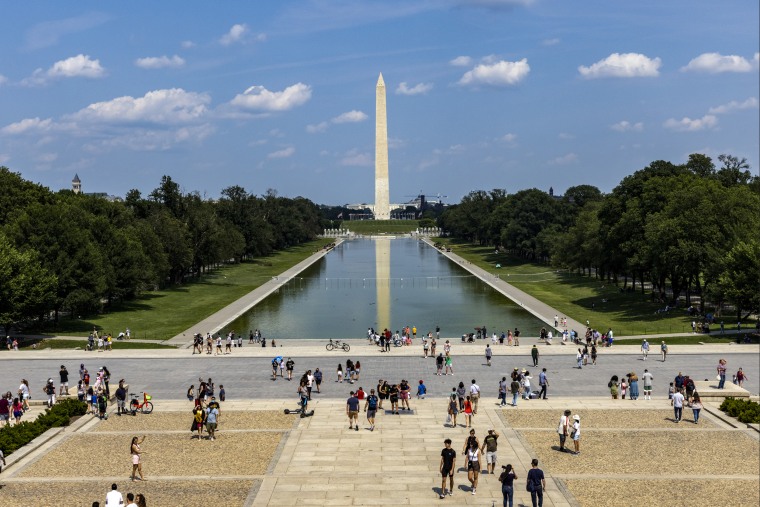Isabella Zavarise
Sat, June 18, 2022

A memorial for the 22 people that died in a mass shooting in Portapique, Nova Scotia
In April 2020, 22 people were killed in Portapique, Nova Scotia.
The Mass Casualty Commission determined police made crucial errors that cost numerous lives.
The commission was created after criticism from victims' family members about how police handled the event.
A public inquiry into Canada's worst mass shooting has revealed fatal mistakes by police.
In April 2020, amidst the COVID-19 lockdowns, 22 people were killed in Portapique, Nova Scotia, by 51-year-old denturist Gabriel Wortman. An investigation led by an independent public inquiry, also known as the Mass Casualty Commission determined Canada's national police force, the Royal Canadian Mounted Police, made errors that cost people's lives.
The shootings took place in the rural community of Portapique, and the communities of Wentworth, Debert, and Enfield, Nova Scotia.
Mistakes ranged from officers accidentally shooting at a fire station in their attempts to stop Wortman, to the RCMP notifying the public on Twitter and Facebook that there was a mass shooting instead of issuing a province-wide alert.
According to Vice News, police initially thought Wortman had died or was hiding in the immediate area after he killed multiple people. During this time he drove hundreds of miles to an area an hour outside the province's capital.
The only reason Wortman was eventually shot and killed was due to a chance encounter with police while filling up the gas tank of a stolen car.
Saltwire reported that at one of the commission testimonies, Dave MacNeil, chief of the Truro Police Service said "there had to be a lot of catastrophic failures for this guy to be on the loose for 13 hours, driving through Nova Scotia."
The commission was created in response to public criticism from victims' family members about the RCMP's response. It is expected to continue its investigation in the coming months and have a final report ready by November.


















